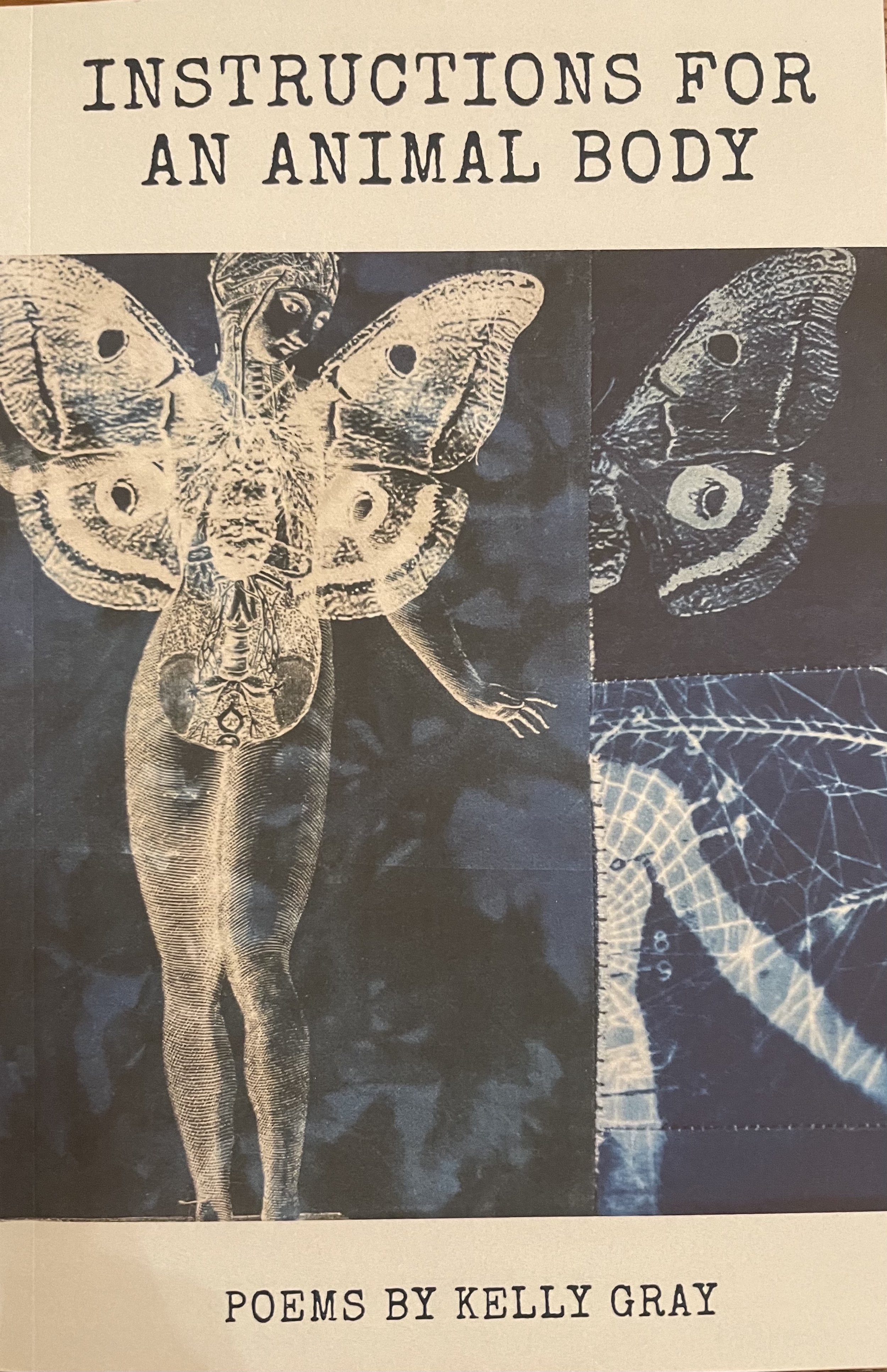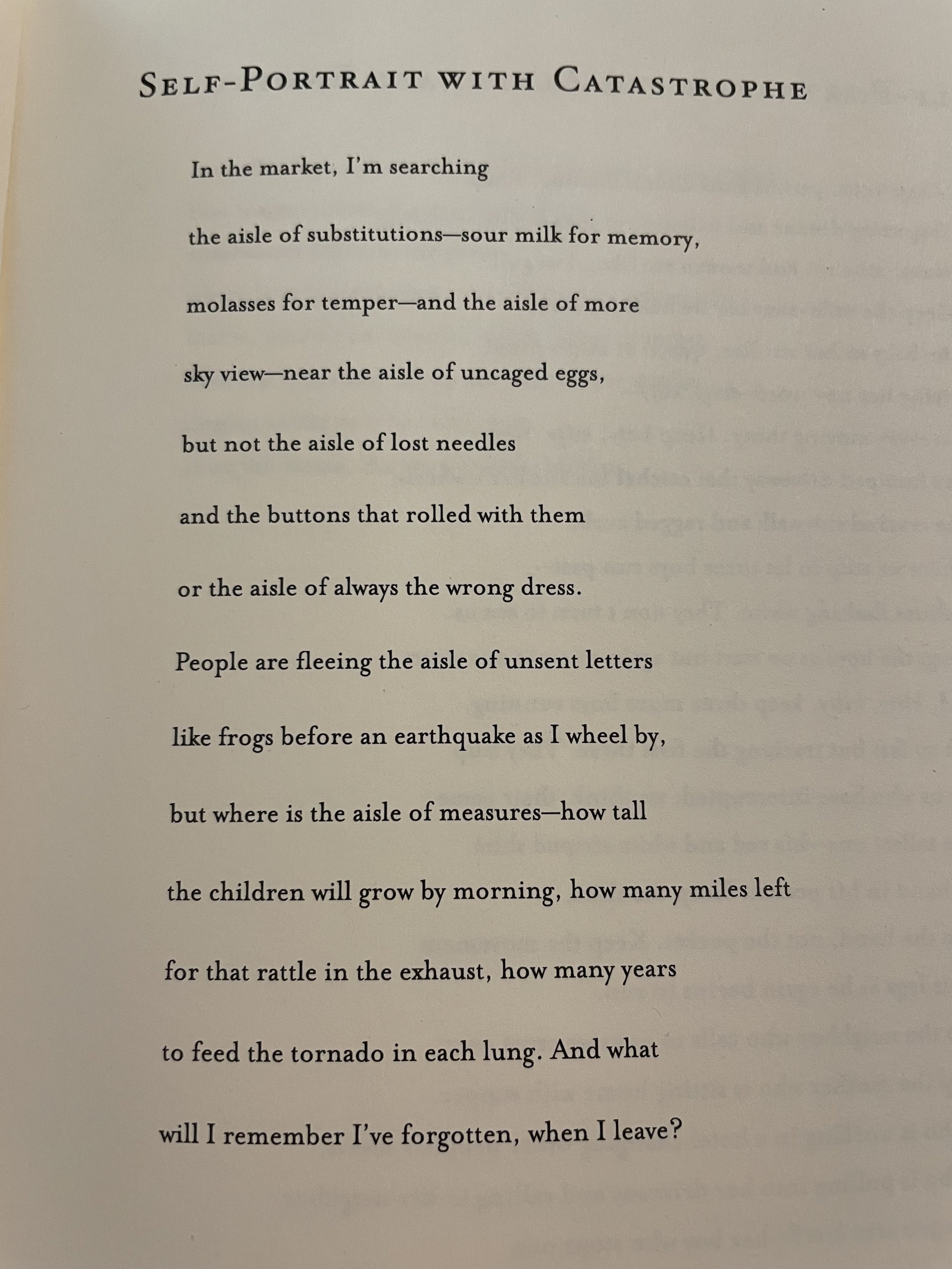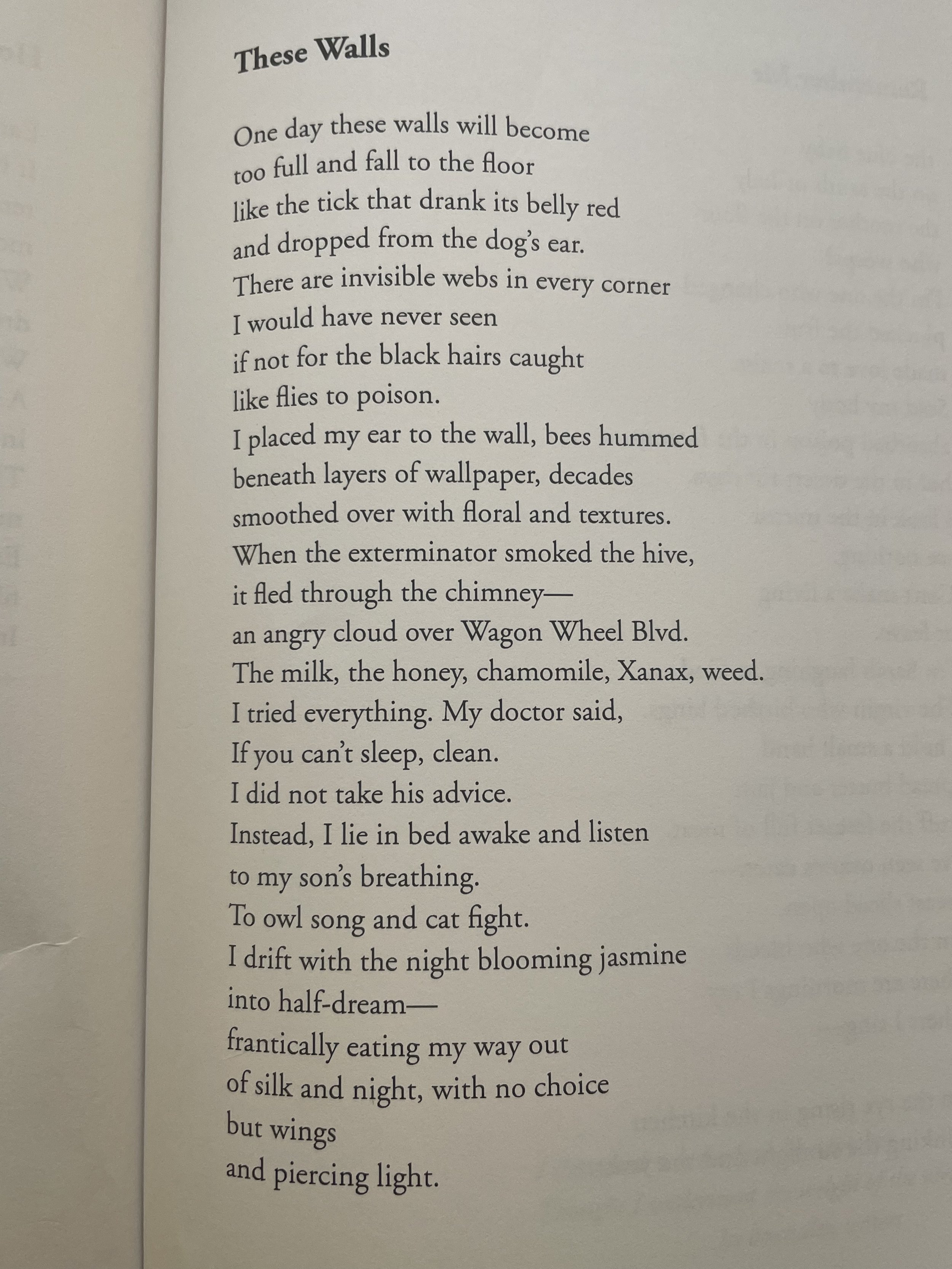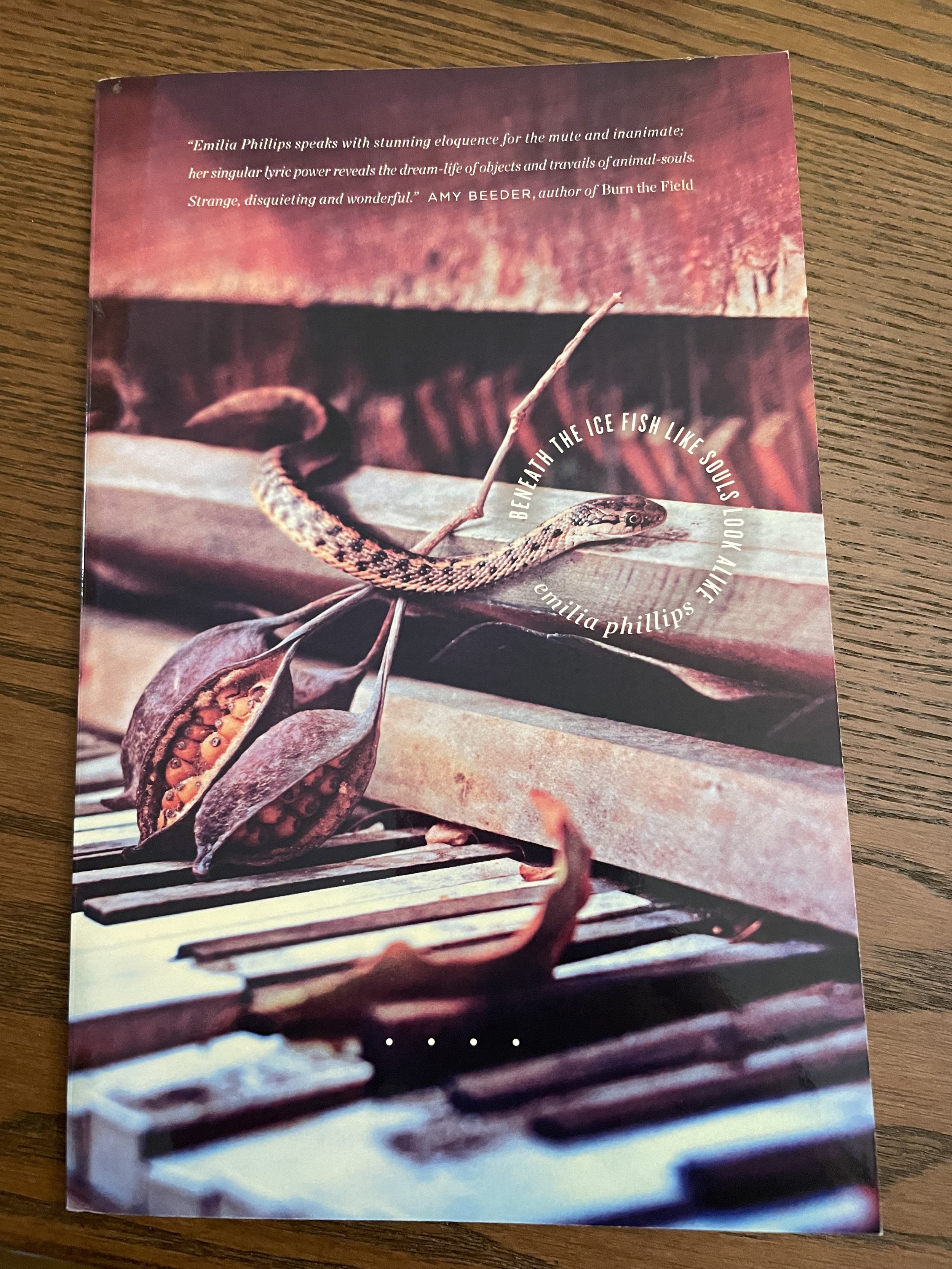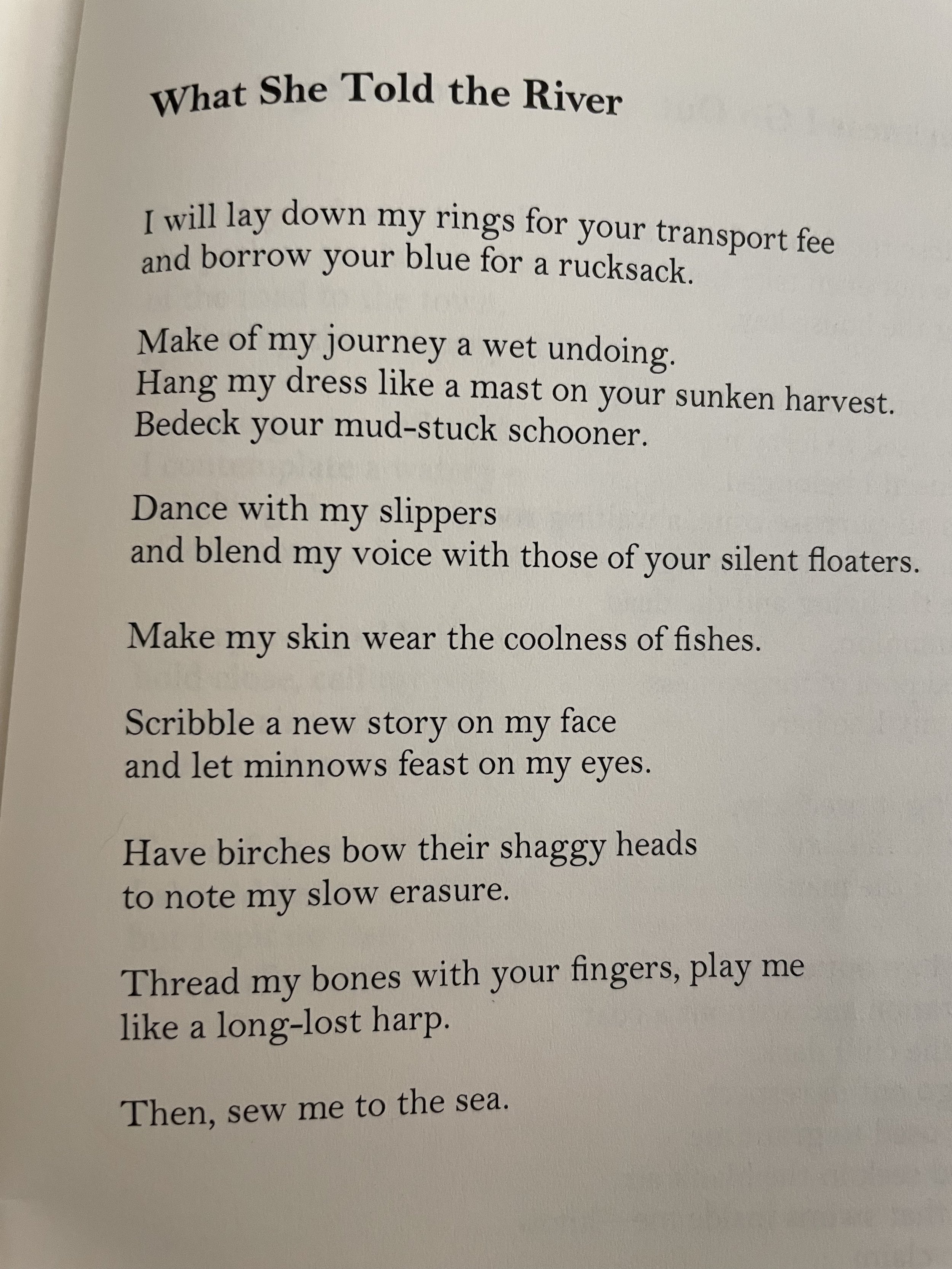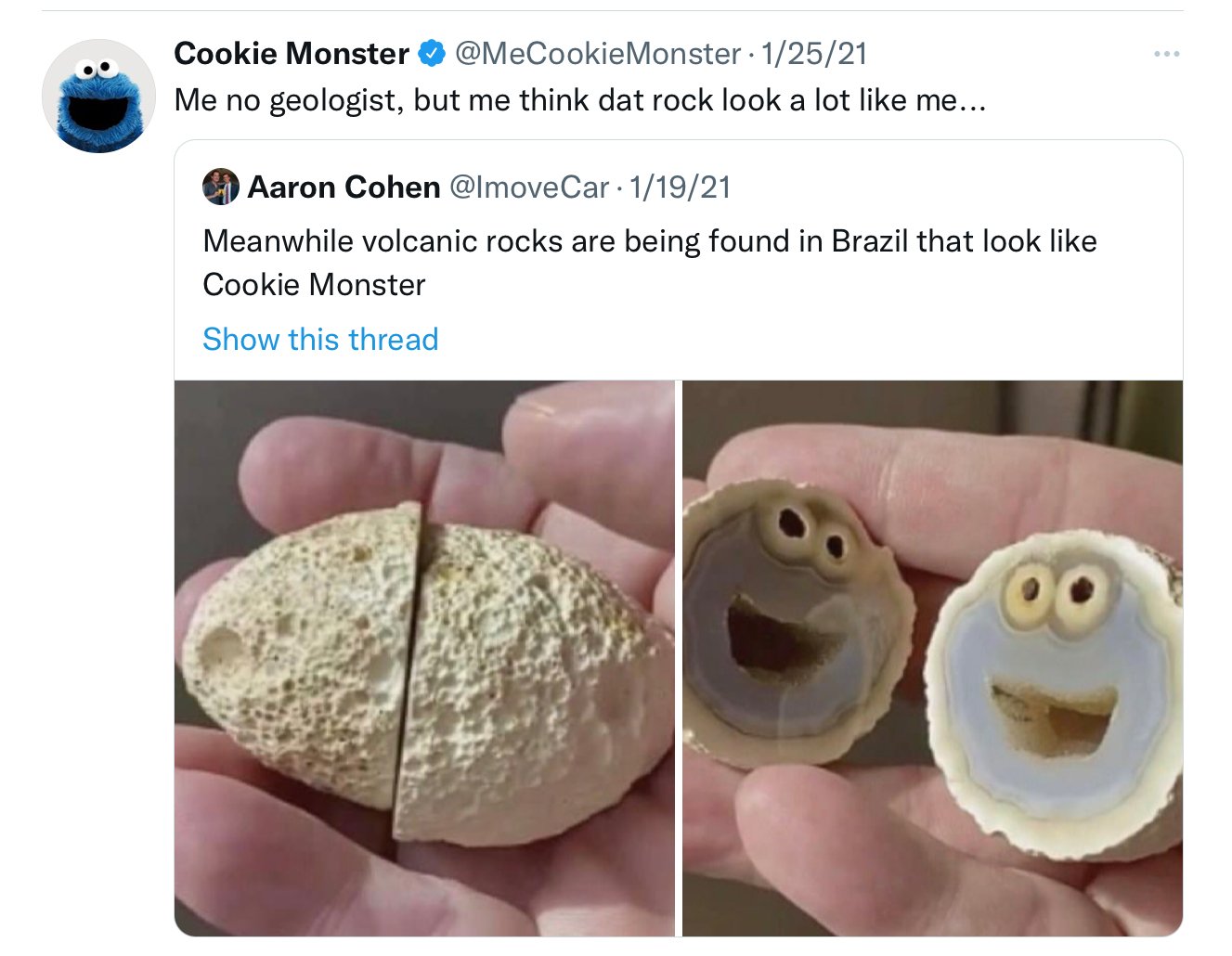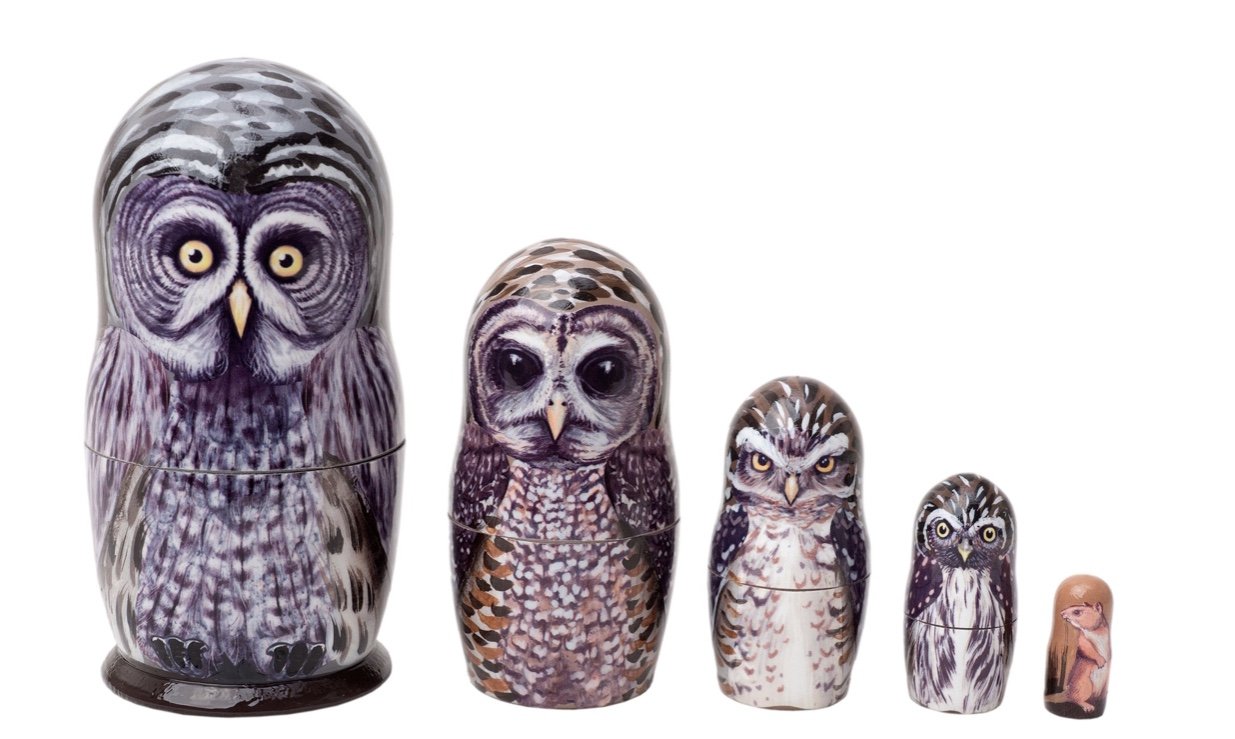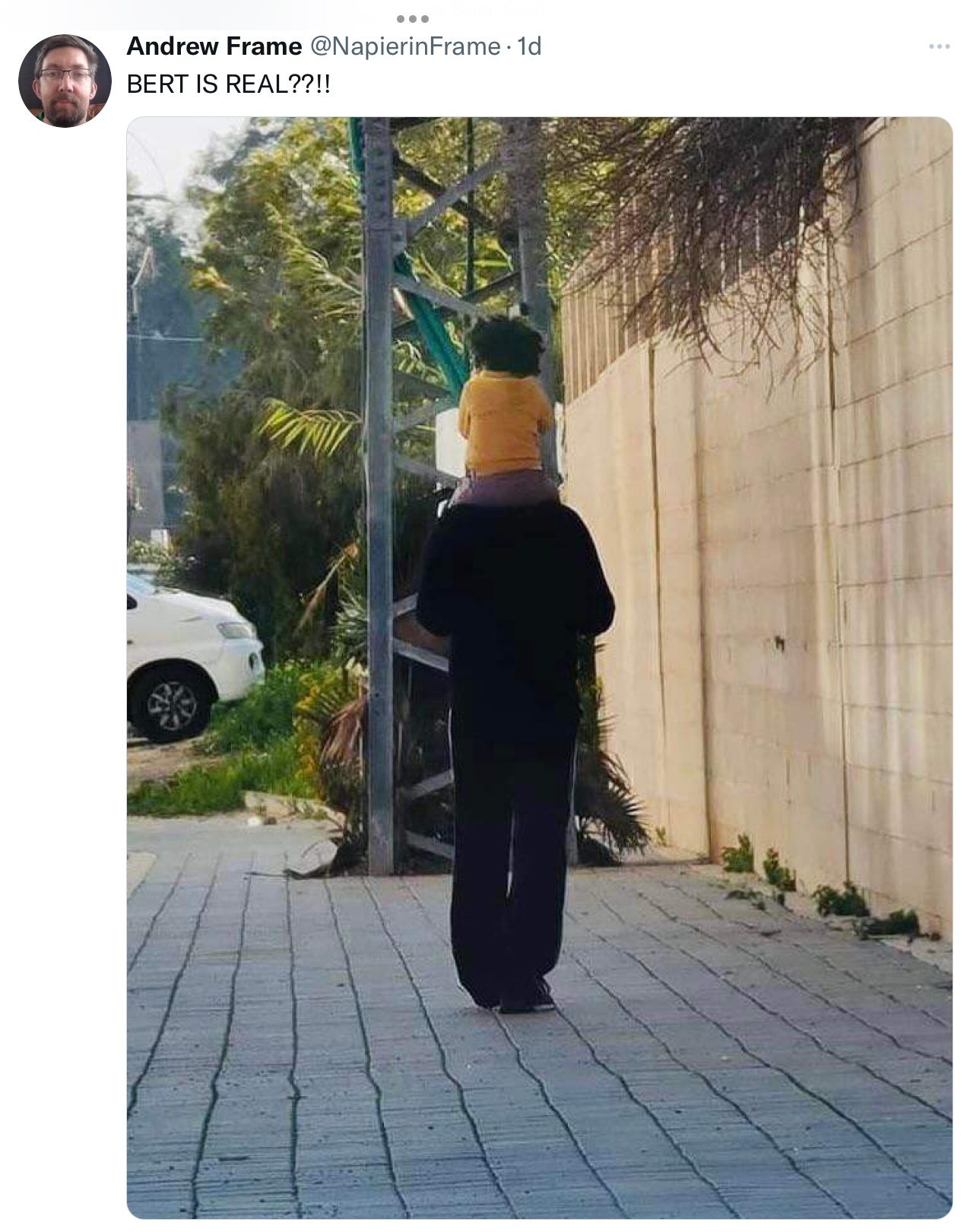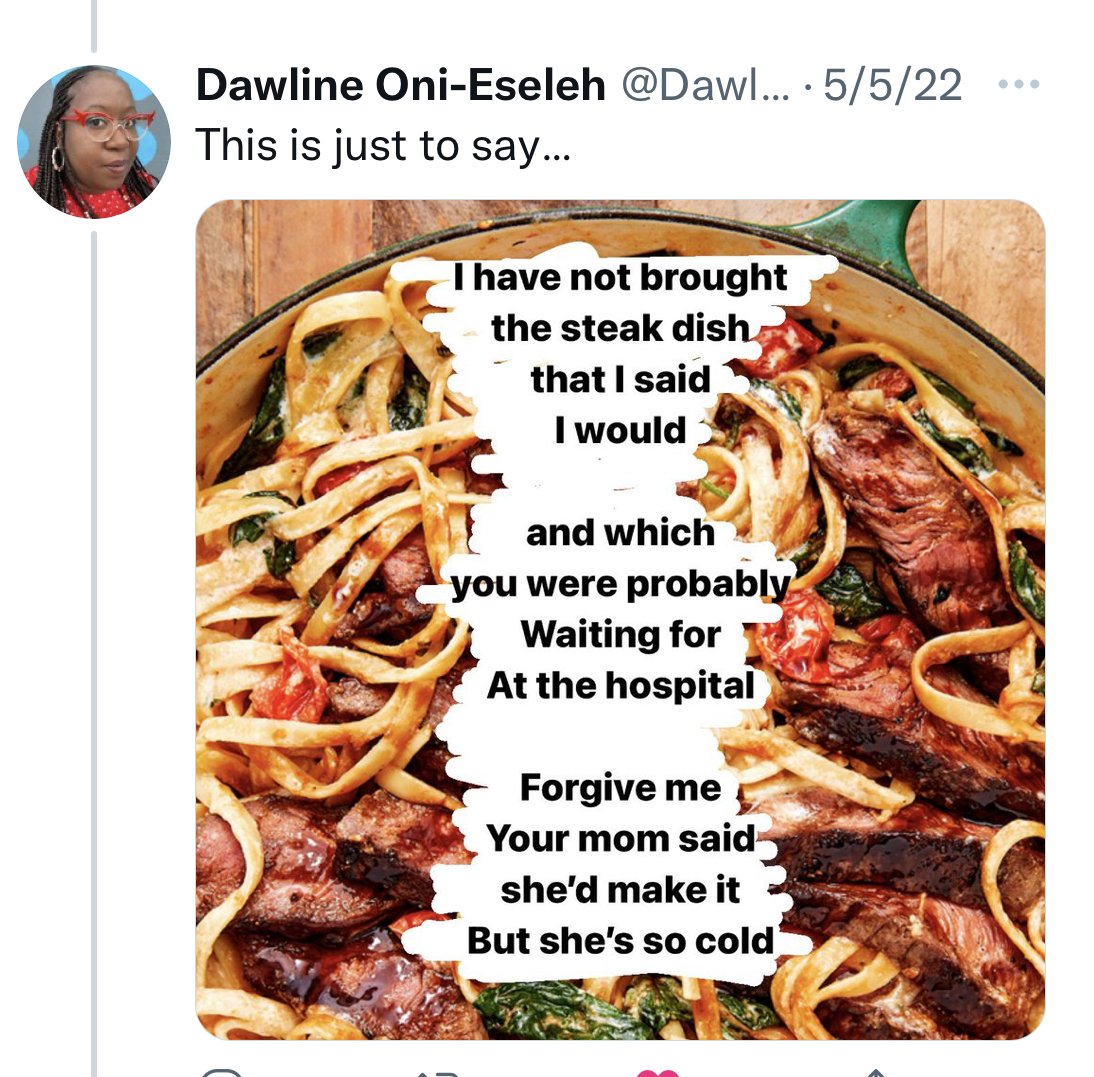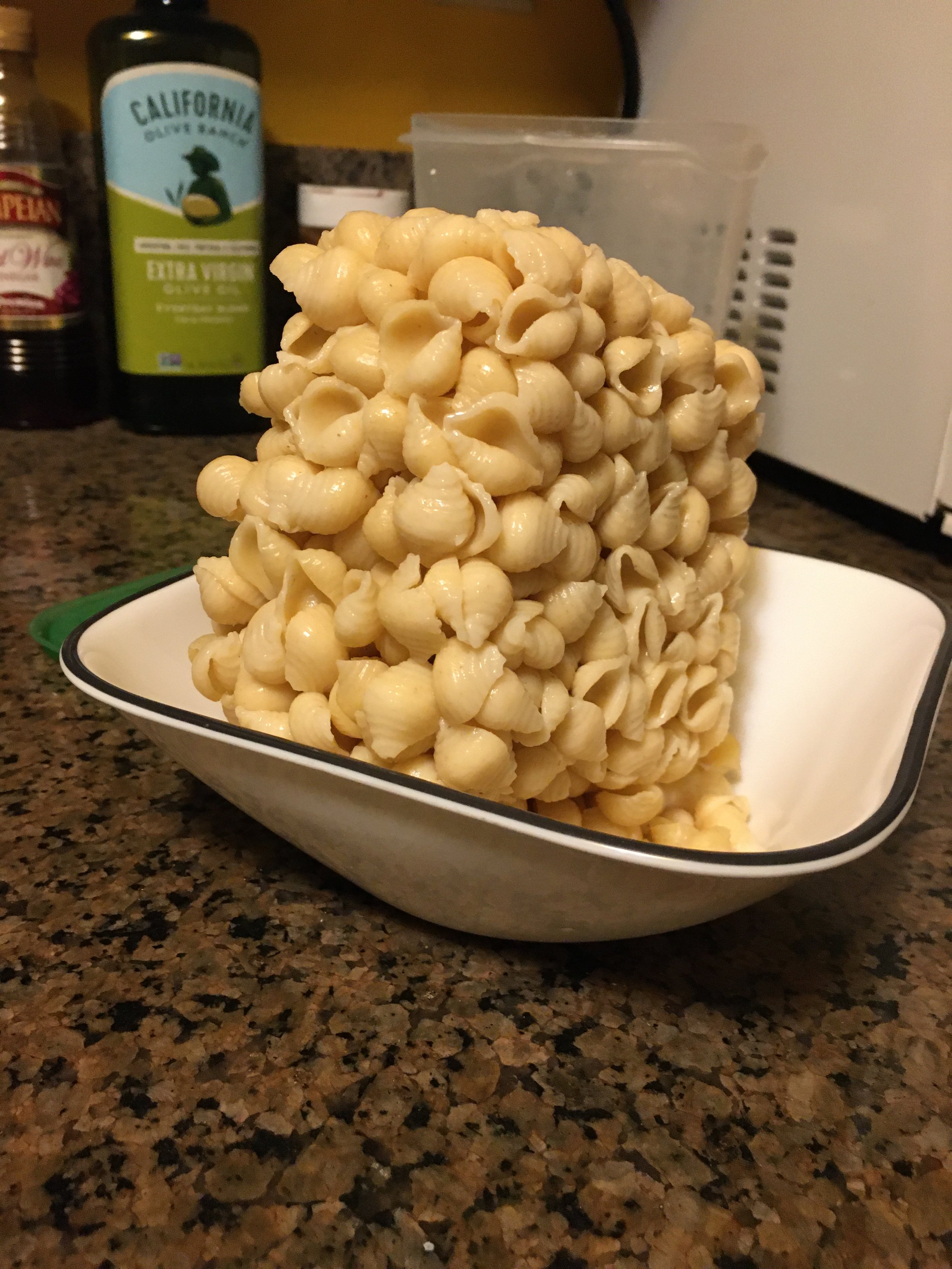We’ve all been there—in a bar or crowded restaurant and misheard someone’s comment. You think to yourself, “Why is he asking about whales?” only to realize later the topic is ales. Or perhaps that happens mostly to me. God knows what I’ve agreed to when I just smile and nod to a question I’ve already asked to be repeated.
Or we’ve attached the particleboard side front facing rather than in the back when putting together an IKEA shelf (well, I usually do).
These next prompts are about misunderstanding directions or comments.
Of course you can write a sestina if you wish, or you can imagine trying to follow these directions after they were yelled to you in a crowd and break the form in interesting ways.
For a second prompt, take these directions or another set of directions, and replace one word with another object or image. What would happen if you replaced “stanzas” with “decades” and “line/lines” to “loss/losses”? The inspiration for this exercise comes from HanaLena Fennel who has an amazing poem that does this in her collection Letters to the Leader.
For a third prompt, write the instruction manual for your life. How do you build your years? How do you adhere your memories, sort the people you’ve turned to, fasten the houses you’ve lived in and left?
If you need a freewriting exercise to get going, try writing the instruction manual for this escape route.
Have fun writing!









